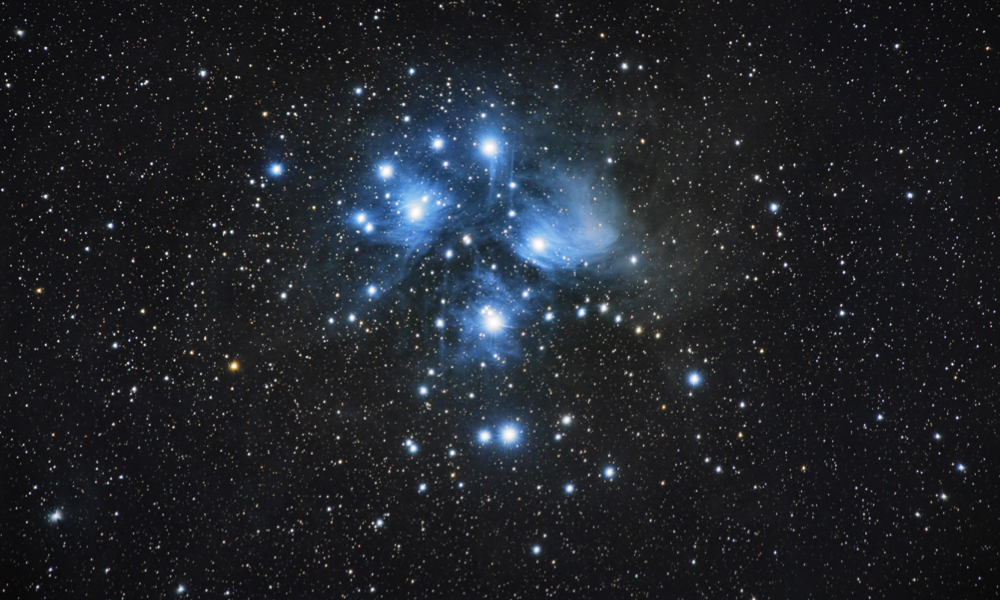
ESA Open Invitation to Tender AO10458
Open Date: 07/10/2020
Closing Date: 06/01/2021 13:00:00
Status: ISSUED
Reference Nr.: 20.1TI.08
Prog. Ref.: OP-Other Act. CC
Budget Ref.: E/0534-05A – OP-Other Act. CC
Special Prov.: AT+BE+CH+CZ+DE+DK+ES+FR+GR+HU+IE+IT+LU+NL+NO+PL+PT+RO+SE+GB+CA
Tender Type: C
Price Range: 200-500 KEURO
Products: Satellites & Probes / Optical Communication / Optical Comm ¿ BB / Software
Technology Domains: Optics / Optical System Engineering / Overall Optical System Definition, Design and Engineering
Establishment: ESTEC
Directorate: Directorate Telecom & Integrated Applica
Department: Telecom Technologies,Product&Systems Dep
Division: Institutional and European Programme Off
Contract Officer: Dorval, Nathalie
Industrial Policy Measure: N/A – Not apply
Last Update Date: 07/10/2020
Update Reason: Tender issue
The objective of this study is to investigate optical technologies and techniques enabling reliable high data rate optical transmission through the atmosphere (>100Gbps) in a scenario representative (in terms of link attenuation and optical turbulence)of an optical link between a telecom satellite and an Optical Ground Station for elevation angles down to 5deg. Targeted Improvements: Improve the service quality and availability of high data rate optical links through the atmosphere (e.g., direct to Earth optical downlinks, optical feeder links) due to strong atmospheric turbulence effects for elevations angles down to 5deg / scintillation index >1. Description: Propagation of laser beams through turbulent media degrades the characteristics of the optical signal (i.e. phase-front distortion, scintillation, beam spreading, beam wandering). The degradation of the optical beam is significantly larger in the uplinkthan in the downlink, due to fact that the turbulence is much closer to the ground transceiver than to the space transceiver. Countermeasures on the transmitted and the received optical communications beams are necessary in order to improve the link quality (i.e.BER), and to increase the link availability and the link communications time (i.e. reduce the minimum elevation angle). Adaptive Optics is typically used to correct the atmospheric induced phase-front distortions on the (received) optical downlink, and hence, toincrease the coupling efficiency into a single mode fibre, or equivalently, the mixing efficiency with an optical local oscillator.Such countermeasure has been experimentally proven for weak and medium turbulence (typically for elevation angles > 20-30deg). However, to maximise the link quality, the link availability and the link communications time, countermeasures to compensate for strong atmospheric turbulence (elevation angles down to 5deg) in the downlink are to be developed and demonstrated. In this activity, the Contractor shall investigate optical technologies and techniques that enable reliable high data rate optical links under strong atmospheric turbulence conditions (i.e., scintillation index >>1, which typically corresponds to elevation angles down to5deg). For the evaluation of the feasibility and the scalability of the investigated options, the Contractor is to consider ground receiver aperturediameters up to 1metre and ground transmitter aperture diameters up to 50cm. To support the assessment, the performances of the various solutions shall be evaluated by simulations (i.e., atmospheric turbulence simulator tool). After a trade-off of the possible solutions (e.g. advanced wave-front sensors and high spatial resolution correction actuators less sensitive to scintillation effects, novel large area / high bandwidth / low noise detectors, adaptive number of WDM channels, etc.), the Contractor shall conclude on the preferred option(s) and the Contractor shall carry out a preliminary design of the required upgrades for implementation in future Optical Ground Stations supporting reliable high date rate optical links under strong atmospheric turbulence conditions. Deliverables: Documentation (assessment and trade-off of mitigation techniques and technologies to compensate for strong atmospheric turbulenceeffects, preliminary design and analysis of required upgrades in future Optical Ground Stations) Software (atmospheric turbulence simulator tool, covering from weak to strong atmospheric turbulence scenarios).
If you wish to access the documents related to the Invitation to Tender, you have to log in to the ESA Portal.
